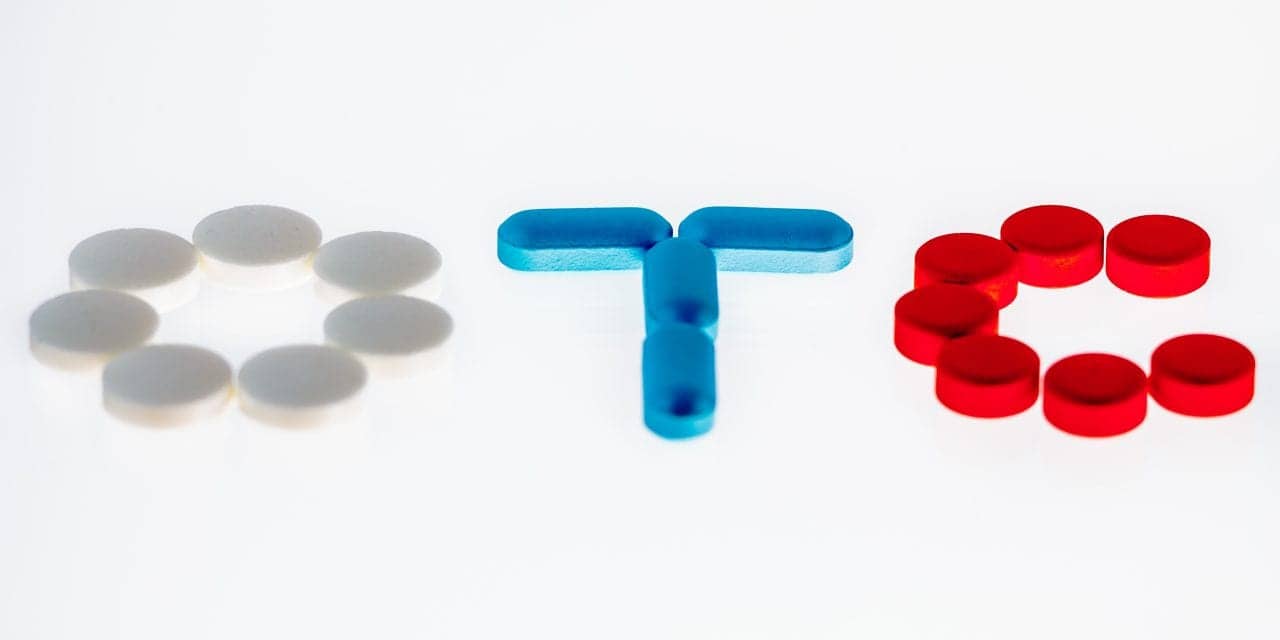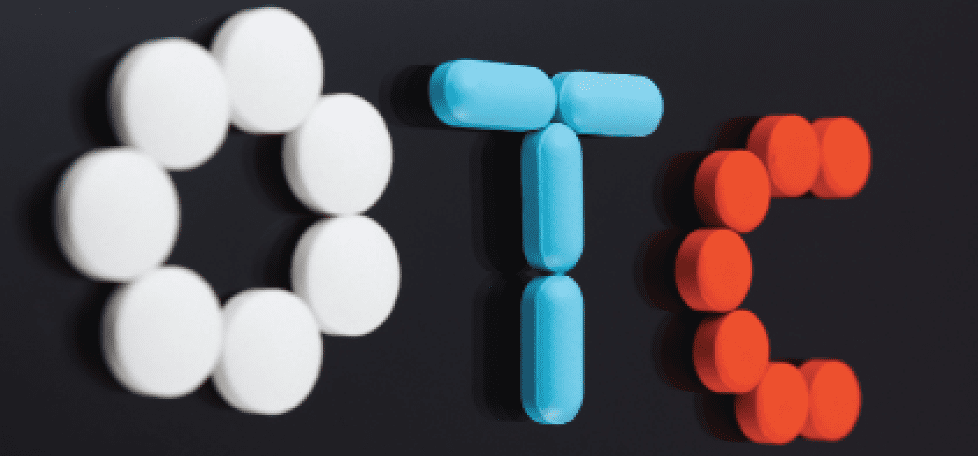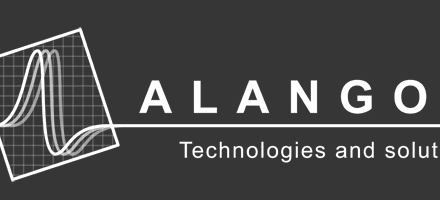In a recent column by The New York Times Personal Health writer Jane Brody, she discusses how new legislation related to coverage of hearing care coupled with increasingly innovative hearing aid design, may compel greater hearing device adoption among people with untreated hearing loss.
Brody cites the July executive order signed by President Biden compelling the FDA to come up with rules governing the OTC Hearing Aid Law within 120 days, as a starting point in the push to make OTC hearing aids both easier to obtain and less costly. However, as previously reported in Hearing Review, even if the FDA does issue its regulations within the timeframe proposed by the president, it will likely be close to a year before the rules take effect, sometime in the late spring or summer of 2022.
Additionally, new legislation before Congress aims to expand Medicare coverage to include audiological evaluations, with or without the purchase of hearing aids, improving access to professionals who can properly diagnose hearing issues and potentially offer treatment.
Dr Frank Lin, an otolaryngologist and director of the Johns Hopkins Cochlear Center for Hearing and Public Health, explained in the article that audiologists can make suggestions related to communication, even if a hearing aid is not needed.
“For example, by speaking face-to-face with people, shutting out background noise, adjusting the volume on the phone, or using a cellphone on speaker or FaceTime instead of a landline,” he said in the article. “Right now, audiologists are not paid to do this unless you purchase a hearing aid.”
Additionally, Brody says, the evolution of hearing aid design may mean that new devices coming on the market may more closely resemble popular products like AirPods, helping to eliminate the stigma that can come with the look and feel of a traditional hearing aid.
To read the article in its entirety, please click here.
Source: NY Times






